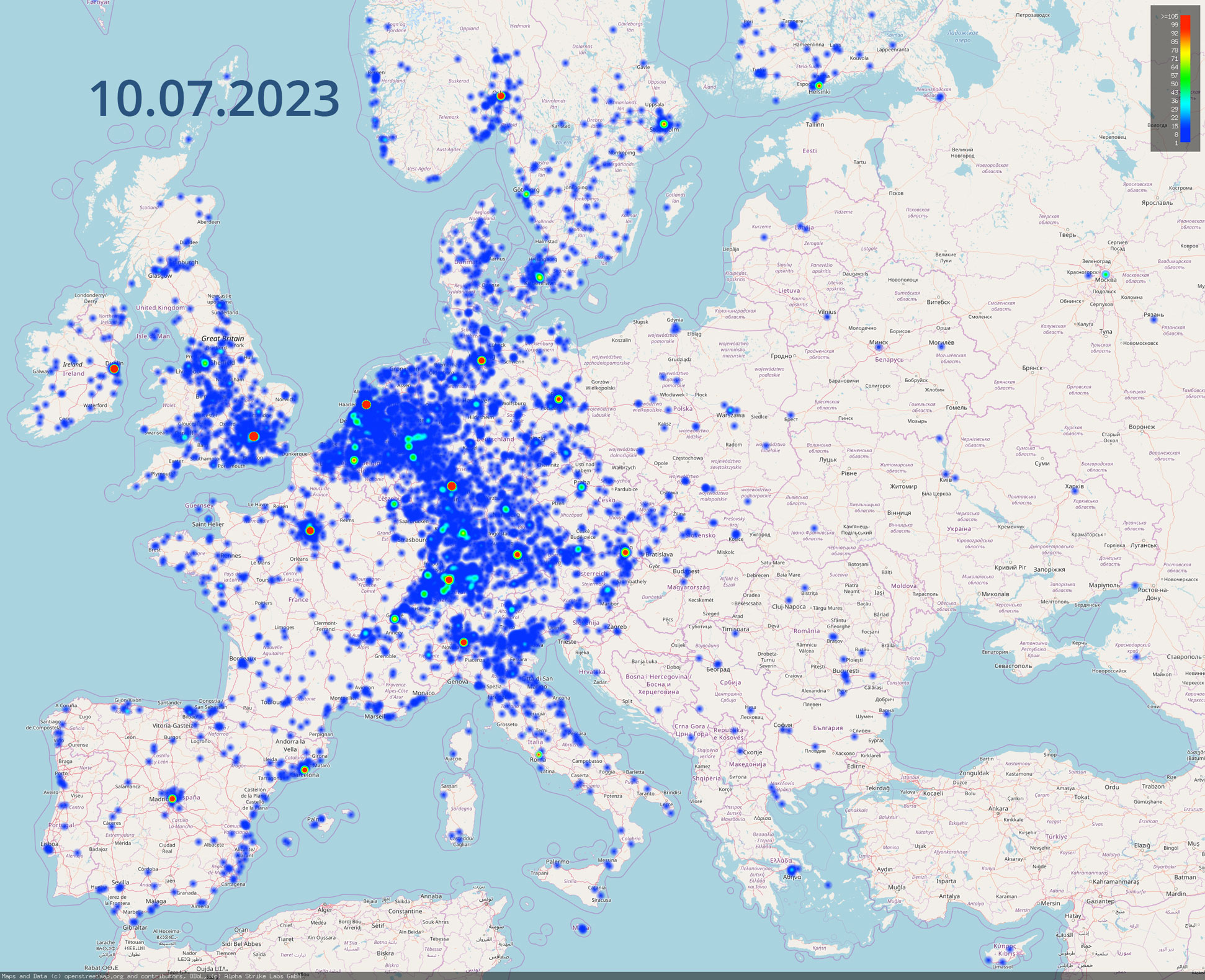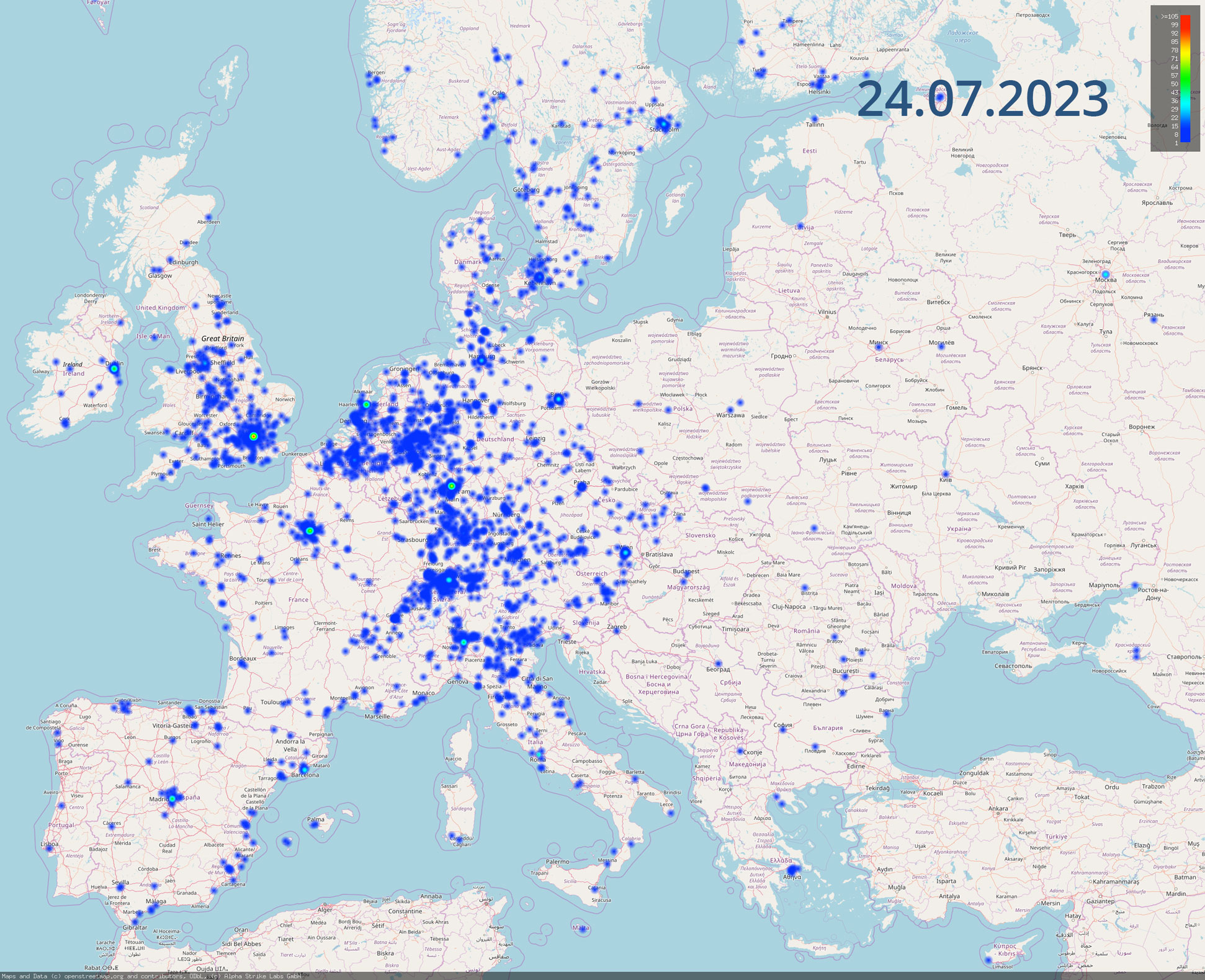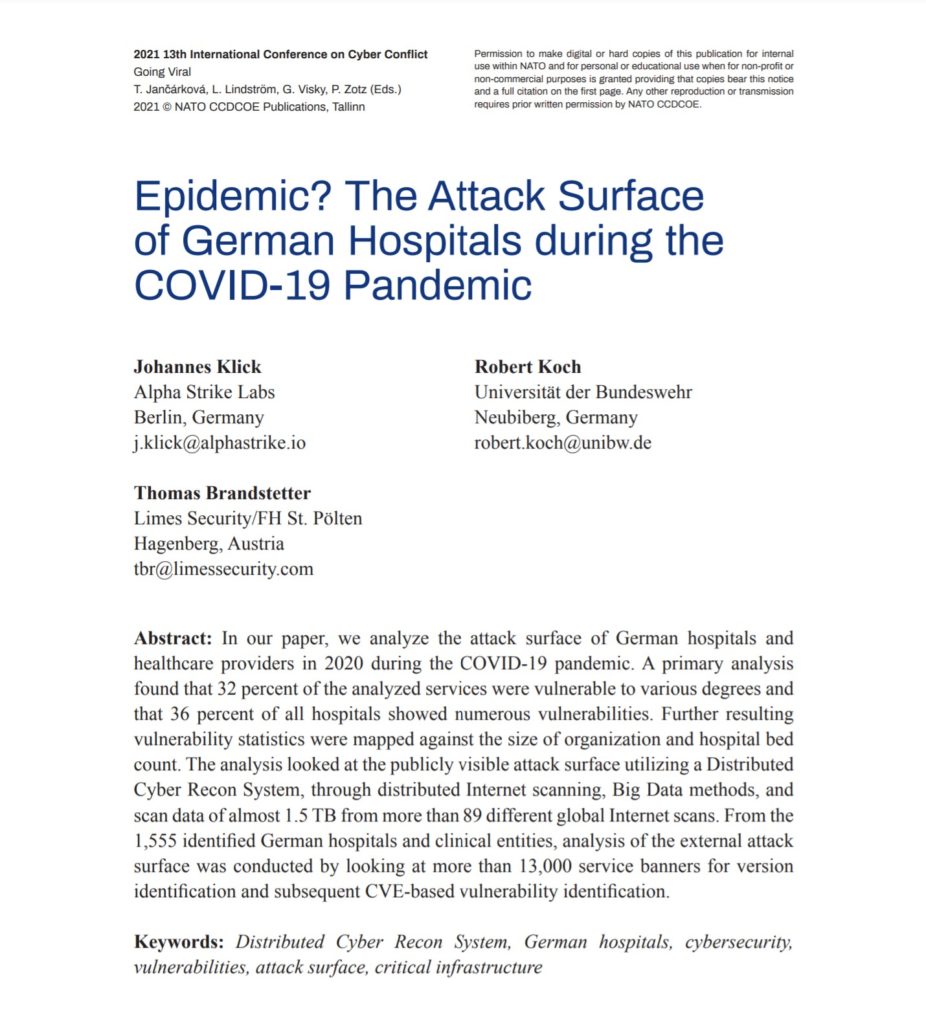Get a Hacker’s Perspective. We provide you with Cyber Situational Awareness. Analyze the distribution of software with vulnerabilities and get non-invasive insights into your companies external attack surface.
Keep an Eye on the Cyber Space using Open Source Intelligence and Global Internet Scans
Request DemoCyber Situation Report”Get Ready for NIS 2 with our Decentralized Cyber Reconnaissance System (DCS). DCS delivers lots of features which EU member states have to fulfill according to NIS2 Directive (EU) 2022/2555
Use Cases


Cyber Situation Report
Monitoring of vulnerable Citrix / NetScaler Server
The side-by-side comparison of the two heatmaps shows how the data we generate can be used for cyber situation reports. We used recurrent scans to visualize the development of the number of vulnerable servers for the Citrix / NetScaler vulnerability CVE-2023-24488 published in July 2023. The heatmaps illustrate the difference in scans from July 10th, 2023 to July 24th 2023 and the associated positive trend nicely.
The vulnerability in Citrix ADC and Citrix Gateway allows an attacker to perform cross site scripting. Reflective Cross-Site Scripting (RXSS) can be used for cookie-stealing or redirecting, which only requires a user to click a link for a genuine legitimate domain.
Case Study
Epidemic? The Attack Surface of German Hospitals during the COVID-19 Pandemic
We analyzed the attack surface of German hospitals and healthcare providers in 2020 during the COVID-19 pandemic. The results of the study were presented at the NATO Cooperative Cyber Defence Centre of Excellence (CCDCOE) 13th International Conference on Cyber Conflict in May 2021.
The study shows that 32 percent of the services analyzed were vulnerable to varying degrees, and 36 percent of all hospitals examined had points of attack.


